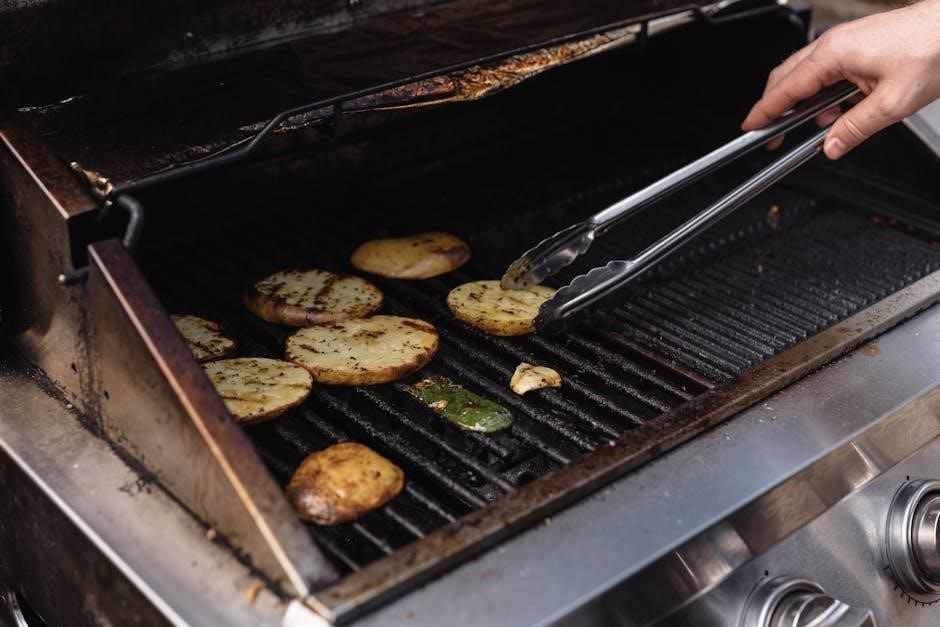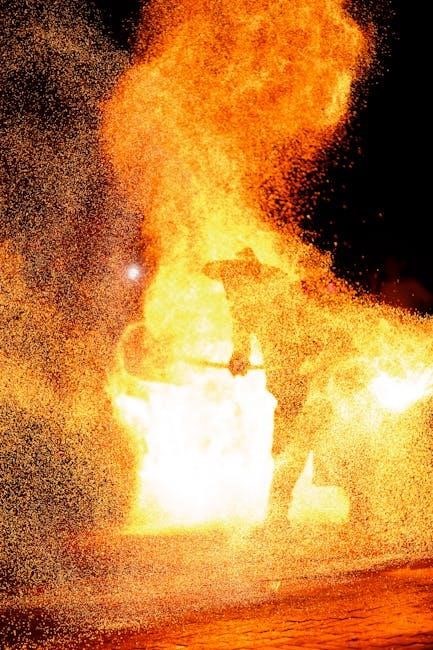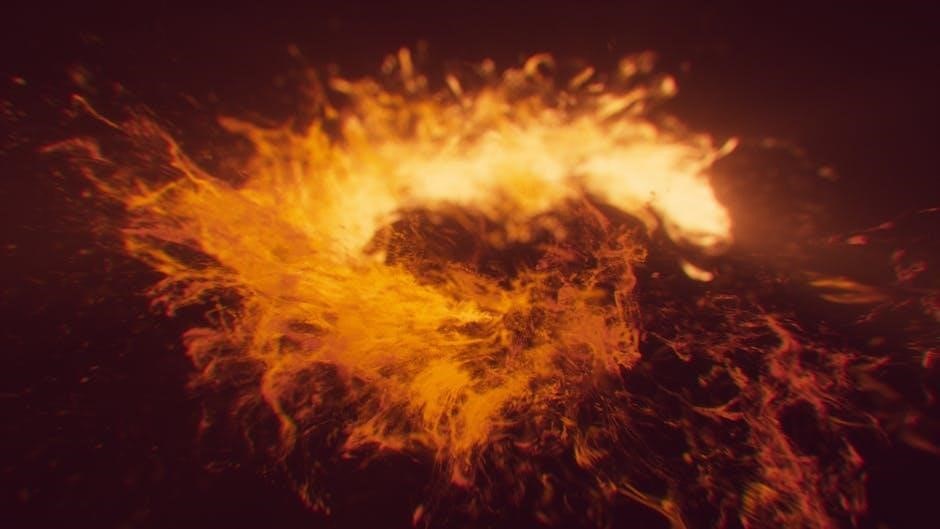Sublimation heat press temperature guide helps users achieve perfect prints with
temperature
and time settings for various materials and machines, ensuring high-quality results every time with proper calibration and maintenance techniques always.
Importance of Temperature Control in Sublimation Printing
Temperature control is crucial in sublimation printing as it affects the quality of the final product. A heat press temperature guide is essential to ensure that the temperature is optimal for the specific material being used. The guide provides recommendations for temperature settings, which can range from 350 to 400 degrees Fahrenheit, depending on the material and the desired outcome. Proper temperature control helps to prevent overheating, which can cause the material to char or become discolored. It also helps to ensure that the sublimation process occurs evenly, resulting in a high-quality print. By following a heat press temperature guide, users can achieve consistent and reliable results, which is essential for producing professional-looking prints. The guide is particularly useful for those who are new to sublimation printing, as it provides a starting point for experimenting with different temperatures and materials.

Recommended Sublimation Heat Press Settings for Ceramic Mugs
Temperature and time settings for ceramic mugs are typically around 400 degrees Fahrenheit for 4 minutes with medium pressure always used in sublimation heat press machines for best results.
Convection Oven Method vs Heat Press Method for Tumblers
The convection oven method and heat press method are two popular techniques used for sublimating tumblers. The convection oven method involves placing the tumbler in a convection oven at a high temperature, typically around 400 degrees Fahrenheit, for an extended period of time, usually 30 minutes to an hour. On the other hand, the heat press method involves using a heat press machine to apply heat and pressure to the tumbler for a shorter period of time, usually around 4-6 minutes. Both methods have their own advantages and disadvantages, and the choice between them depends on the individual’s preference and the specific requirements of the project. The heat press method is generally faster and more convenient, but the convection oven method can produce more even and consistent results. Ultimately, the choice between the two methods depends on the desired outcome and the equipment available. Using a heat press machine can be more efficient and produce better results.

General Guidelines for Sublimation Heat Press Temperature and Time
Temperature and time settings vary depending on materials, with general guidelines available for common substrates and heat press machines always used.
Factors Affecting Sublimation Heat Press Settings and Material Considerations
Several factors affect sublimation heat press settings, including the type of material being used, its thickness, and its ability to withstand high temperatures. The heat press machine itself also plays a crucial role, as different machines have varying levels of temperature control and pressure. Additionally, the sublimation ink used can impact the settings, as some inks require higher temperatures to achieve optimal results. Material considerations, such as the coating on ceramic mugs or the type of fabric used for textiles, must also be taken into account. Understanding these factors is essential to achieving high-quality sublimation prints. By considering the unique characteristics of each material and machine, users can optimize their heat press settings to produce vibrant, long-lasting images. This requires a combination of technical knowledge and experimentation to find the perfect balance of temperature, time, and pressure for each specific application.

Optimizing Sublimation Heat Press Settings for Vivid Transfers
Optimizing settings with temperature and pressure controls ensures vivid transfers always.
Role of Pressure in Sublimation Heat Press Settings and Machine Calibration
The role of pressure in sublimation heat press settings is crucial for achieving high-quality transfers. Proper pressure ensures that the substrate and the transfer paper are in close contact, allowing for even heat distribution and transfer of the image. Machine calibration is also essential to ensure that the pressure is evenly applied across the substrate. A well-calibrated machine will help to prevent uneven pressure, which can lead to poor transfer quality or even damage to the substrate. By adjusting the pressure settings and calibrating the machine, users can optimize their sublimation heat press settings for optimal results. This includes understanding the ideal pressure ranges for different substrates and materials, as well as how to adjust the pressure to achieve the desired transfer quality. With the right pressure settings and machine calibration, users can achieve professional-looking transfers with ease and consistency. Proper pressure control is essential for sublimation heat press success.

